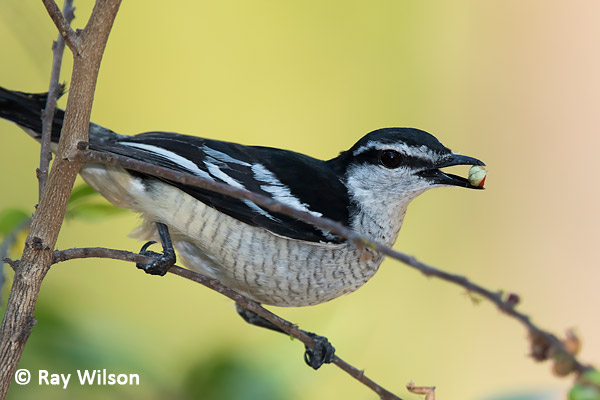
- Home
- Photography Tours
- Diary / Blog
- Galleries
- Foreign Trips
- Tasmania 2016
- NE Queensland 2016
- Western Alps 2016
- NE Spain 2016
- Australia's Wet Tropics 2015
- Australia's Top End 2015
- SW Australia 2015
- Switzerland 2015
- Andalucia 2015
- Belize 2015
- Australia 2014
- Switzerland 2014
- Belize 2014
- Bahama Islands 2014
- Switzerland 2013
- Ecuador 2012-2013
- Florida 2011-2012
- Vancouver Island 2011
- Australia 2010
- Peru 2008
- Bulgaria 2007
- Lesvos 2006
- California 2006
- New Zealand 2005
- Extremadura 2005
- Goa, India 2004
- The Gambia 2003
- About
October 2015
The "Top End" of Australia
Part 1: Darwin
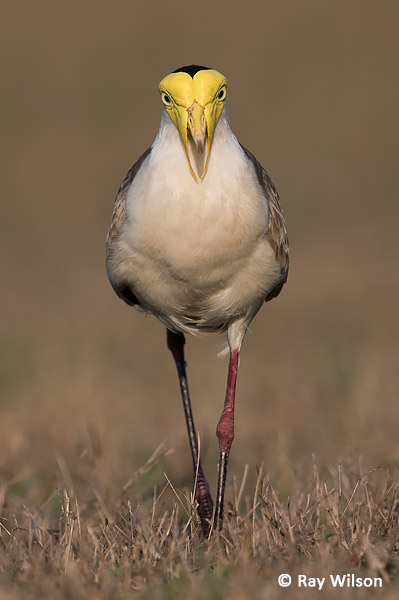
Masked Lapwing (Vanellus miles)
From a comfort point of view, October is probably not the best time to visit the Top End as temperatures begin to soar into the high 30's/low 40's and the humidity rises in the build-up towards the start of the wet season. Although October is officially classed as being the start of the wet season, rain in October is infrequent and generally consists of occasional short showers. This year, I only experienced one rainshower in the entire month.
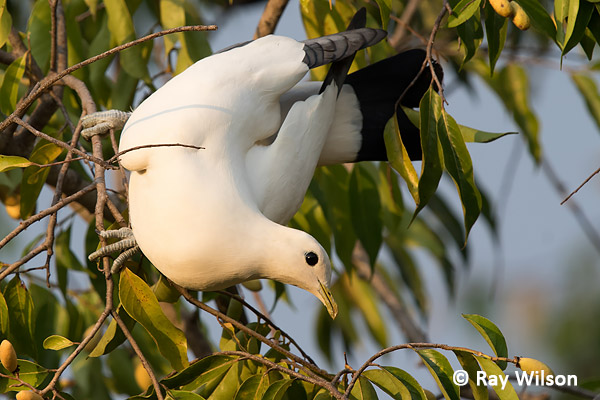
Torresian Imperial Pigeon (Ducula spilorrhoa)
After my flight from Perth landed in Darwin, I spent the next few days exploring some sites in and around the city, such as Charles Darwin National Park, Lee Point, the botanical gardens, Holmes Jungle Nature Reserve and Howard Springs. By far the most productive site, however, was East Point and it was here that the majority of the photos displayed on this page were taken.
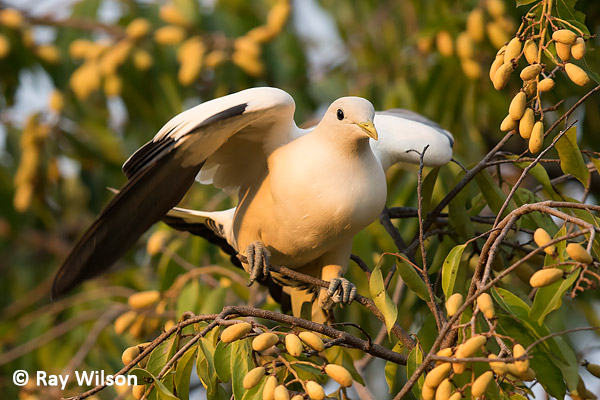
Torresian Imperial Pigeon (Ducula spilorrhoa)
East Point is less than 10km from Darwin city centre and is a popular recreational spot for dwellers of the city, so it is often quite busy. On the plus side, this means that most of the wildlife within the park is used to the presence of humans and is consequently less timid and easier to approach than in many wilderness areas.
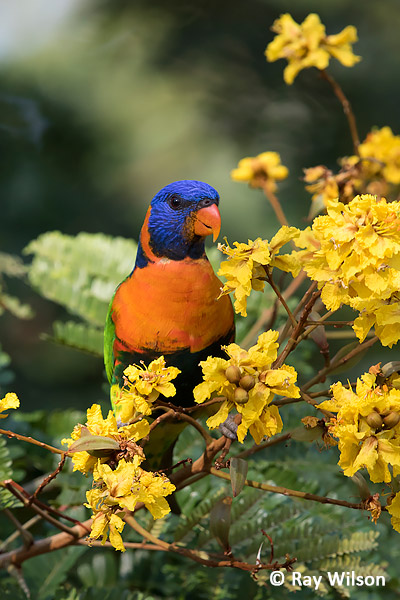
Red-collared Lorikeet (Trichoglossus rubritorquis)
Large flocks of Red-collared Lorikeet could usually be found feeding in the flowering trees and shrubs scattered throughout the park. This very common species is closely related to the Rainbow Lorikeet found on the east and southeast coasts and they were formerly considered to be conspecific. The main differences between the two are that Red-collared has: a red, instead of lime green, collar; blue on the nape instead of green; and a black, instead of blue, belly.
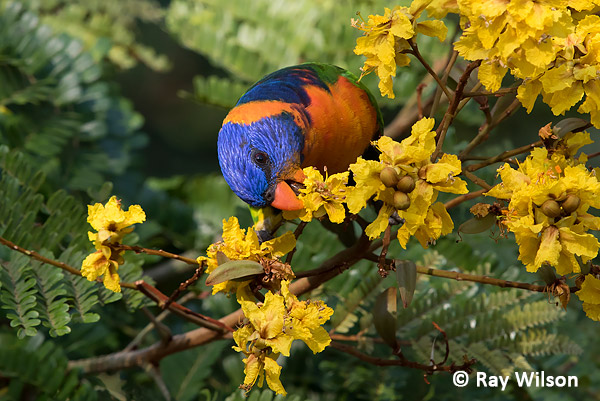
Red-collared Lorikeet (Trichoglossus rubritorquis)
Bird activity along the Monsoon Forest trail is best in the early morning. At this time of day they are more likely to be singing or calling making it easier to locate them among the dense cover.
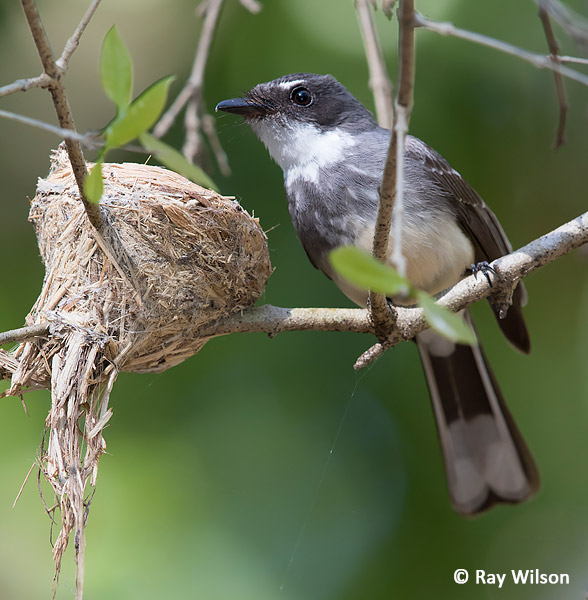
Northern Fantail (Rhipidura rufiventris)
Northern Fantail is a less fidgety species than the similar Grey Fantail, and tends to fan its tail less and sit more upright.
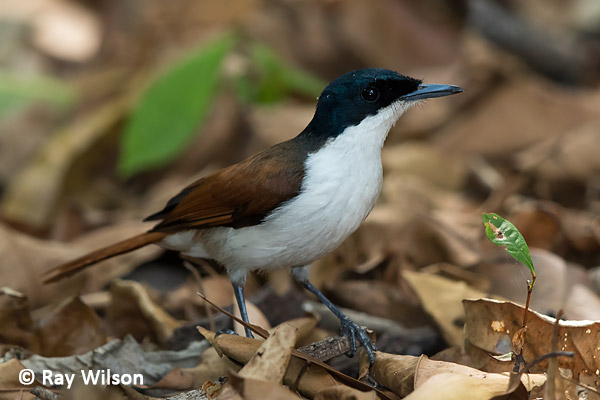
female Shining Flycatcher (Myiagra alecto)
Shining Flycatchers are common along the Monsoon Forest Trail and several can usually be found rooting around for insects in the leaf litter.
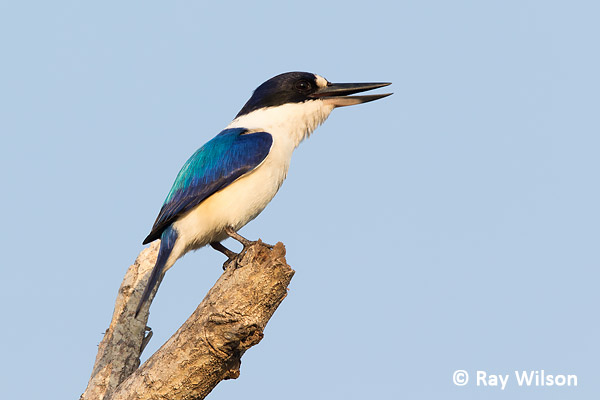
Forest Kingfisher (Todiramphus macleayii)
In more open areas, Forest Kingfishers can often been seen surveying the area from exposed perches.
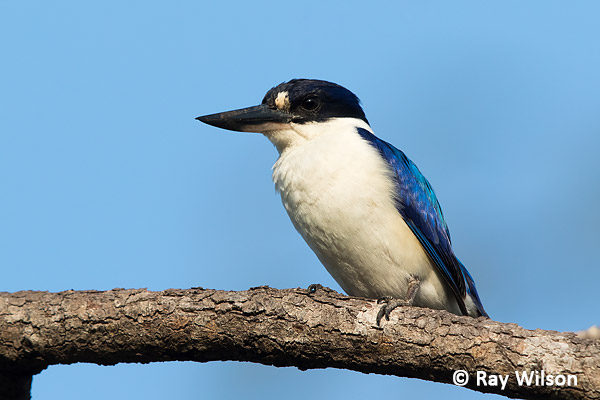
Forest Kingfisher (Todiramphus macleayii)
The mown lawns bordering the cycle track and surrounding the military museum are a favoured spot for Masked Lapwings, although you have to be careful you don't approach these guys too closely when they are defending a territory if you don't want to be dive-bombed!
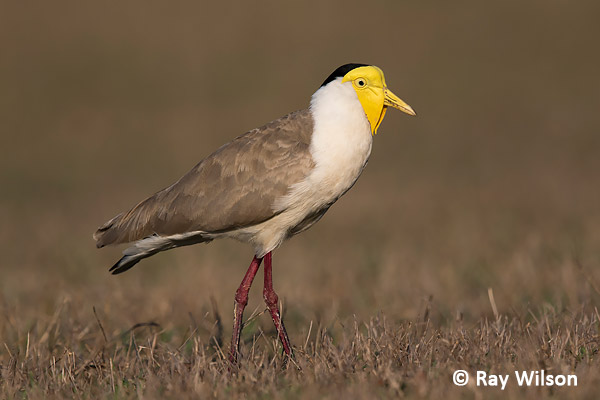
Masked Lapwing (Vanellus miles)
Orange-footed Scrubfowls also occasionally leave the shelter of the forest to forage on the lawns.
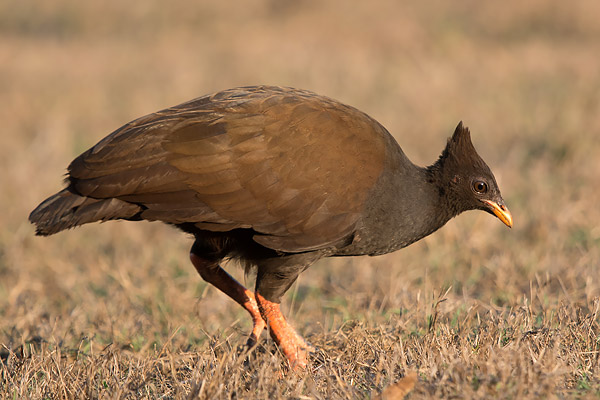
Orange-footed Scrubfowl (Megapodius reinwardt)
Large mobs of Agile Wallabies graze on the lawns in less disturbed areas. They are fairly timid here and usually hop into the cover of the forest at the first sign of human approach.

Agile Wallaby (Macropus agilis)
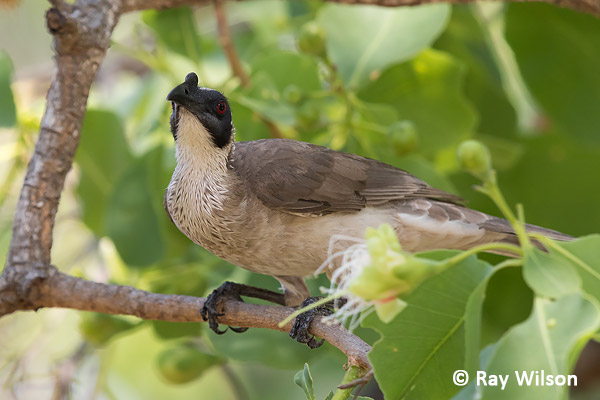
Silver-crowned Friarbird (Philemon argenticeps)
Silver-crowned Friarbirds are common in a variety of woodland habitats in the Top End.
Varied Triller (Lalage leucomela)
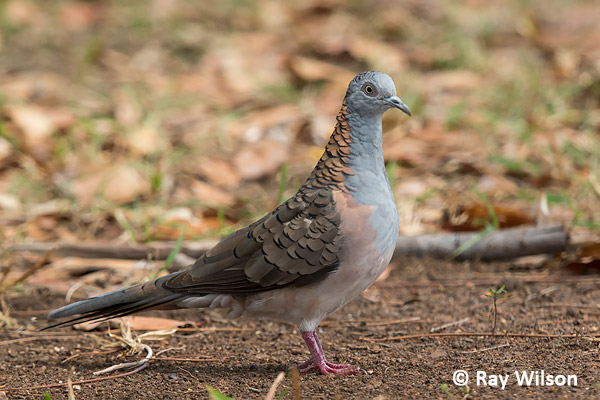
Bar-shouldered Dove (Geopelia humeralis)
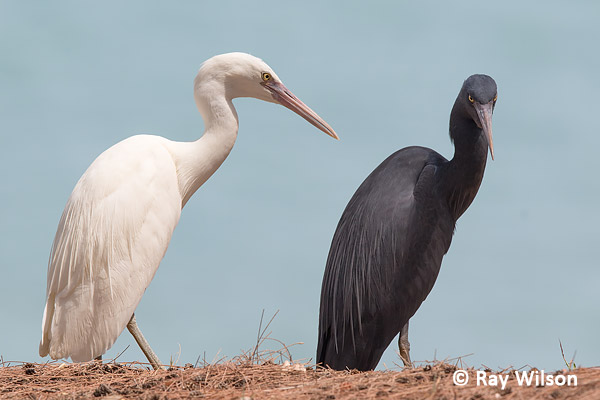
White and dark morph Pacific Reef Herons (Egretta sacra)
Pacific Reef Herons occur in two colour morphs: white and a dark bluish-grey. Both can regularly be seen along the coastal path at East Point.
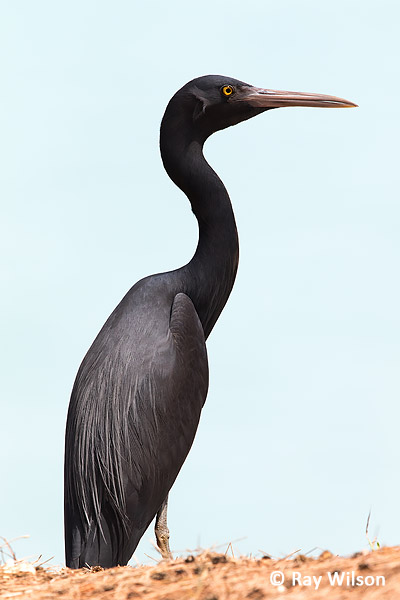
dark morph Pacific Reef Heron (Egretta sacra)
During October, there is a considerable amount of shorebird movement through Darwin as many species who breed in northeast Asia pass through on their way to their wintering grounds. One of the best places to view these is at the high-tide roost at East Point. Here you could usually see about 10 species at relatively close range.
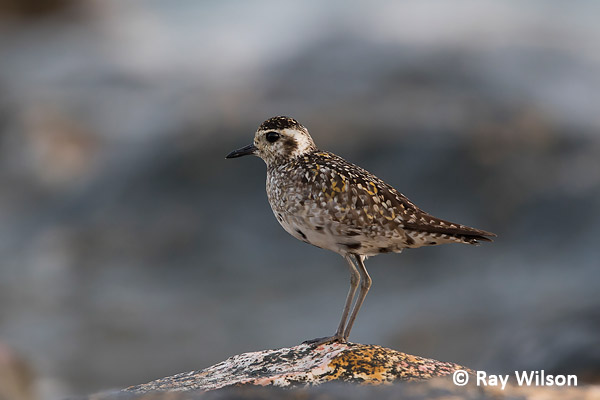
Pacific Golden Plover (Pluvialis fulva)
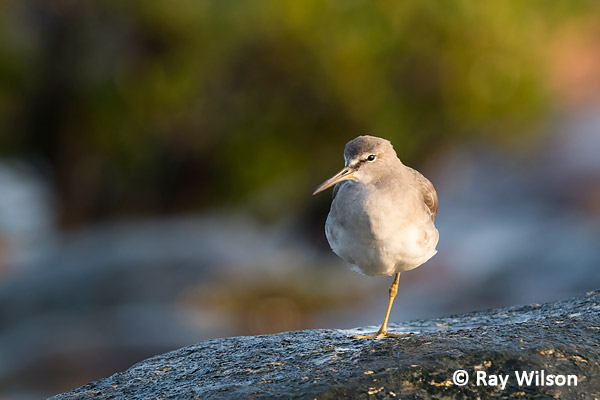
Grey-tailed Tattler (Tringa brevipes)
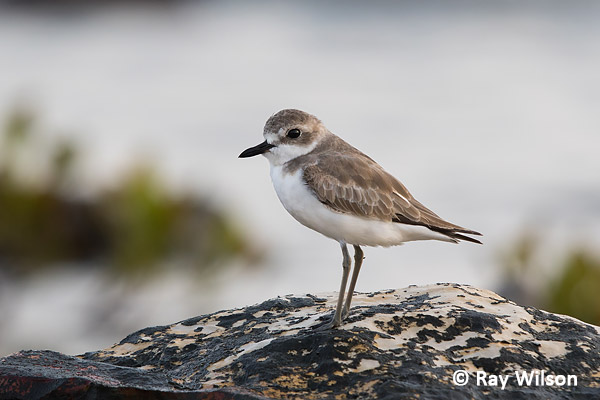
Lesser Sandplover (Charadrius mongolus)
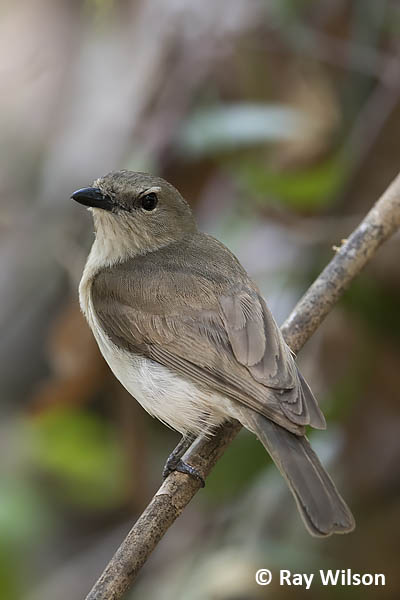
Grey Whistler (Pachycephala simplex)
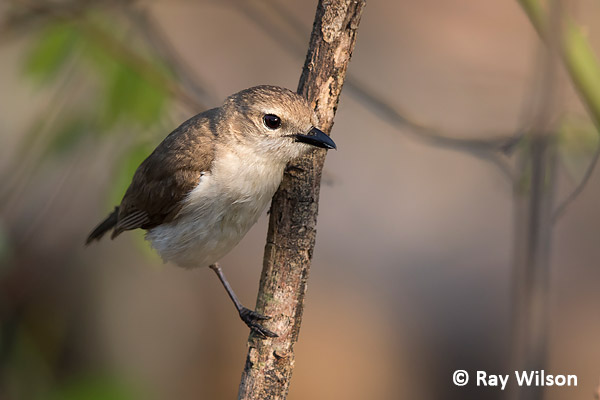
Grey Whistler (Pachycephala simplex)
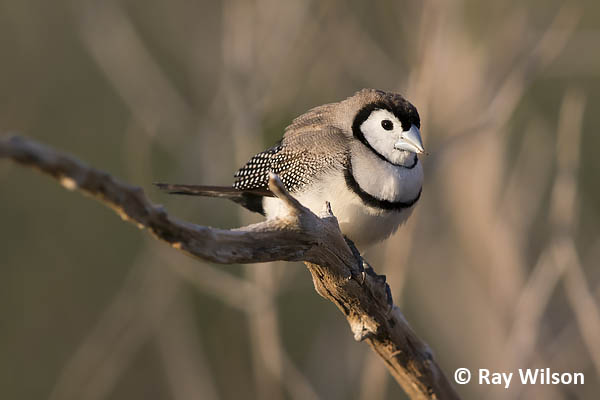
Double-barred Finch (Taeniopygia bichenovii)
Howard Springs, about 30km south of Darwin, didn't come even close to living up to its billing as being the best place to find Rainbow Pitta (they were much easier to find at several other places, especially Fog Dam). Not only were there not any Pittas to be found, there wasn't much of anything else either here with the highlight of my 2 visits being a very obliging Merten's Water Monitor who was basking in the early morning sun at the edge of the lake.
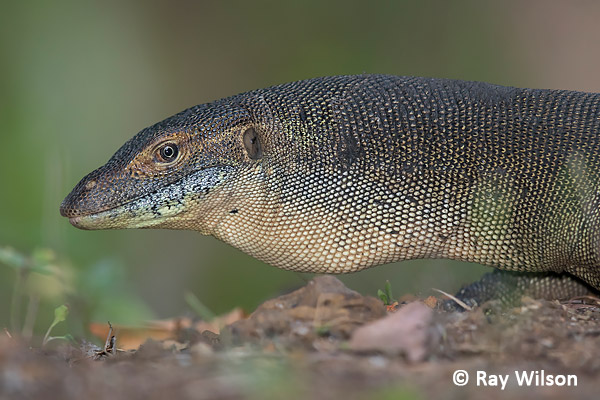
Merten's Water Monitor (Varanus mertensi)
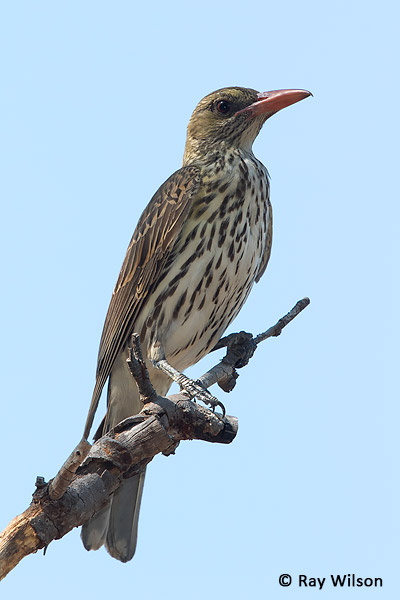
Olive-backed Oriole (Oriolus sagittatus) |
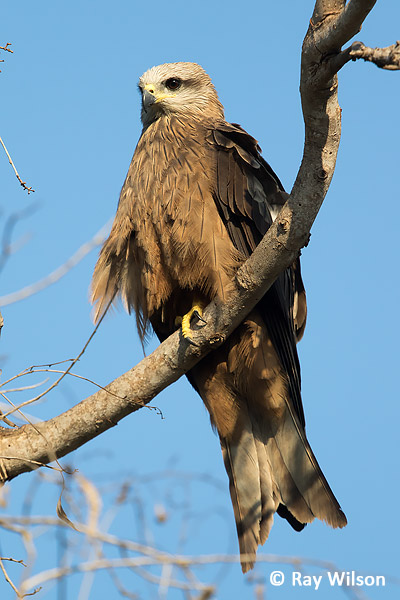
Black Kite (Milvus migrans) |
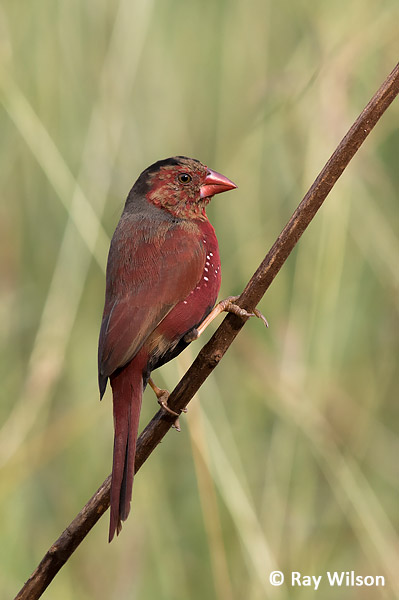
Crimson Finch (Neochmia phaeton)
Ray Wilson owns the copyright of all images on this site.
They may not be used or copied in any form without prior written permission.
raywilsonphotography@googlemail.com
